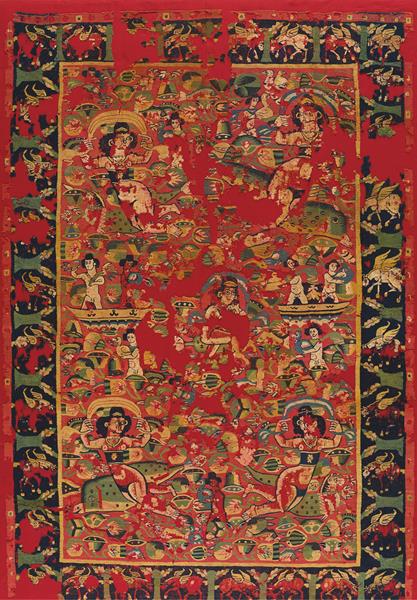Strata: Exhibit Watch: Dressing Ancient Bodies and Spaces

Some of the most fragile and ephemeral relics of ancient life are now on display in Washington, D.C., where two concurrent exhibitions present textiles from late antique and early medieval Egypt.
Art collections around the globe contain hundreds of thousands of these so-called Coptic textiles, but they are rarely exhibited. Excavated mainly in the 19th and early 20th centuries, most of them come from the antiquities market and survive usually as fragments, from which it is difficult to tell their original form and function. We are mostly sure only about their final uses: Worn-out tunics, curtains, or rugs, they come primarily from graves, as they were ultimately repurposed as burial shrouds.
The Textile Museum exhibit Woven Interiors: Furnishing Early Medieval Egypt—co-organized with Dumbarton Oaks—presents furnishing textiles. Including floor and wall covers, bedding, tablecloths, and curtains, furnishings were omnipresent in the late antique and early medieval world: in both religious and secular settings. The exhibit and accompanying volume address the issues of techniques and aesthetics of furnishing textiles and their interplay with other visual elements, such as architecture, mosaics, and wall paintings, in creating interior spaces.
Already a library member? Log in here.
Institution user? Log in with your IP address.

